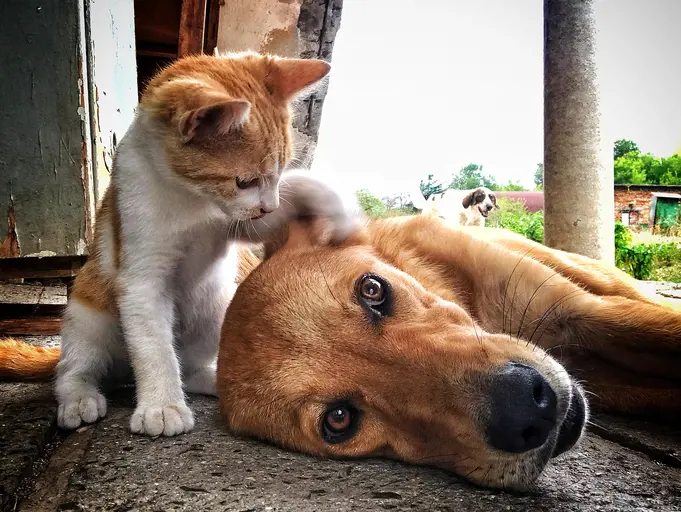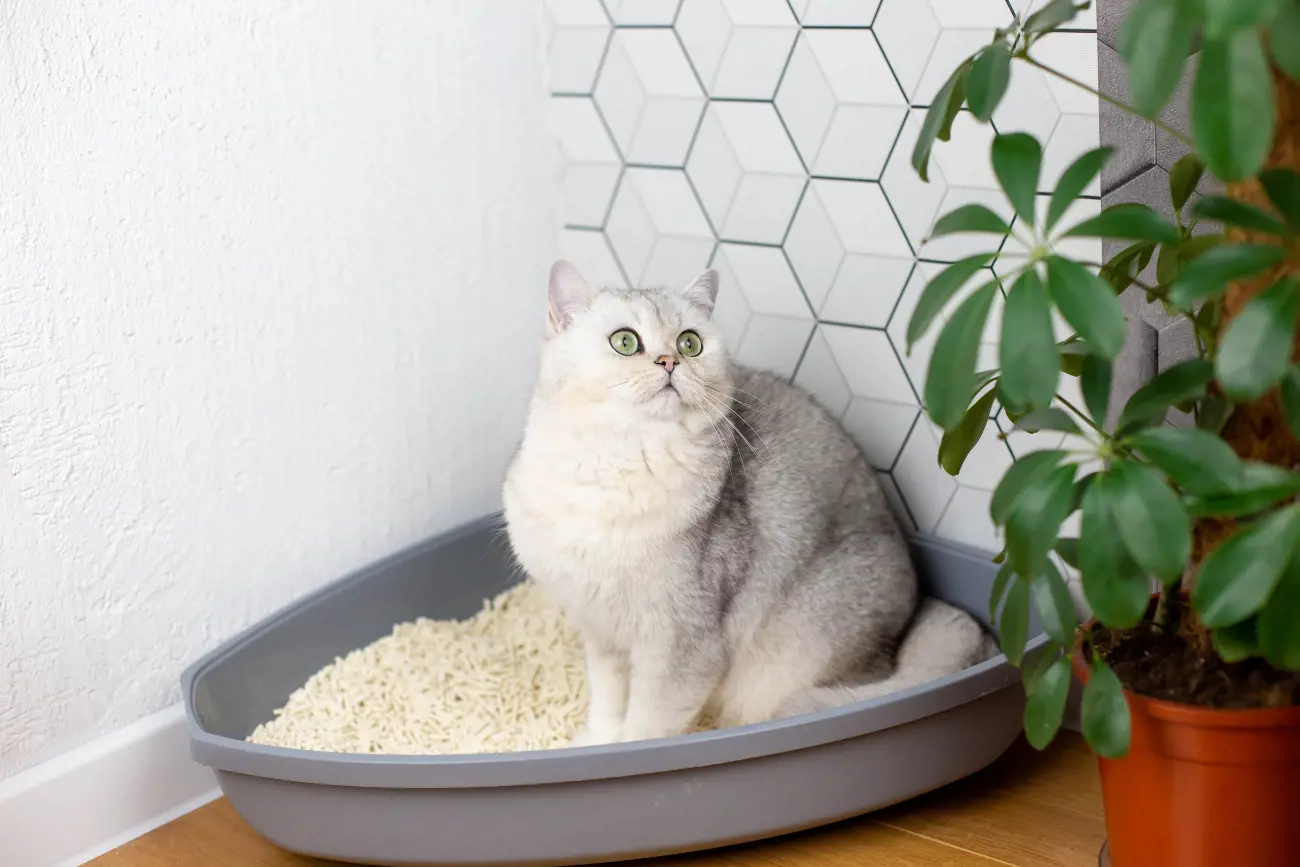Do cats have any feelings for their owners?
16th September, 2025
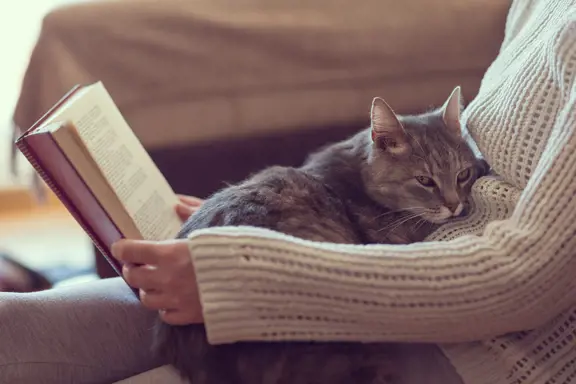
We all love our cats but have you ever felt the feeling’s not mutual? Do our feline friends really love us as much as we love them? Veterinary medicine has provided insights into the emotional bonds between cats and their owners. This raises the question: do cats feel love for their owners, and how can we recognize the signs?
With around 8 million of us owning a cat here in the UK, we definitely like having them around. And as a devoted cat lover, you may be especially interested in understanding your cat's feelings. We like to spoil them, too – according to an IAMS UK survey, cat owners splash out a whopping £7.9 million on their furry friends each year, with some even buying their pampered puss a present each and every month!
Do they really appreciate all this affection? How can we tell if our cats love us back? Are they as loyal as dogs and are they ever protective of their owners?
Introduction to the cat human bond
The cat human bond is a unique and complex relationship that has been studied extensively in recent years. Unlike dogs, whose affection is often overt and enthusiastic, pet cats tend to express their feelings in more subtle ways. However, this doesn’t mean that the bond is any less significant.
Research has shown that cats are capable of forming strong bonds with their human owners, similar to those formed between dogs and their owners. This bond is built on trust, affection, and mutual respect, and is important for the well-being of both cats and humans. Studies also highlight the cat's ability to form social bonds and communicate with humans, demonstrating their cognitive and emotional skills.
Studies have found that pet cats can form secure and insecure bonds with their human caretakers. Securely attached cats exhibit more affectionate and playful behaviour, indicating a strong and positive relationship with their owners.
The cat human bond is influenced by various factors, including the cat’s attachment style, the owner’s emotional investment, the quality of their interaction, and the cat's individual personality, which plays a significant role in how they express affection and form attachments.
Understanding these dynamics can help cat owners foster a deeper connection with their feline friends, enhancing the well-being of both parties.
Do cats love their owners?
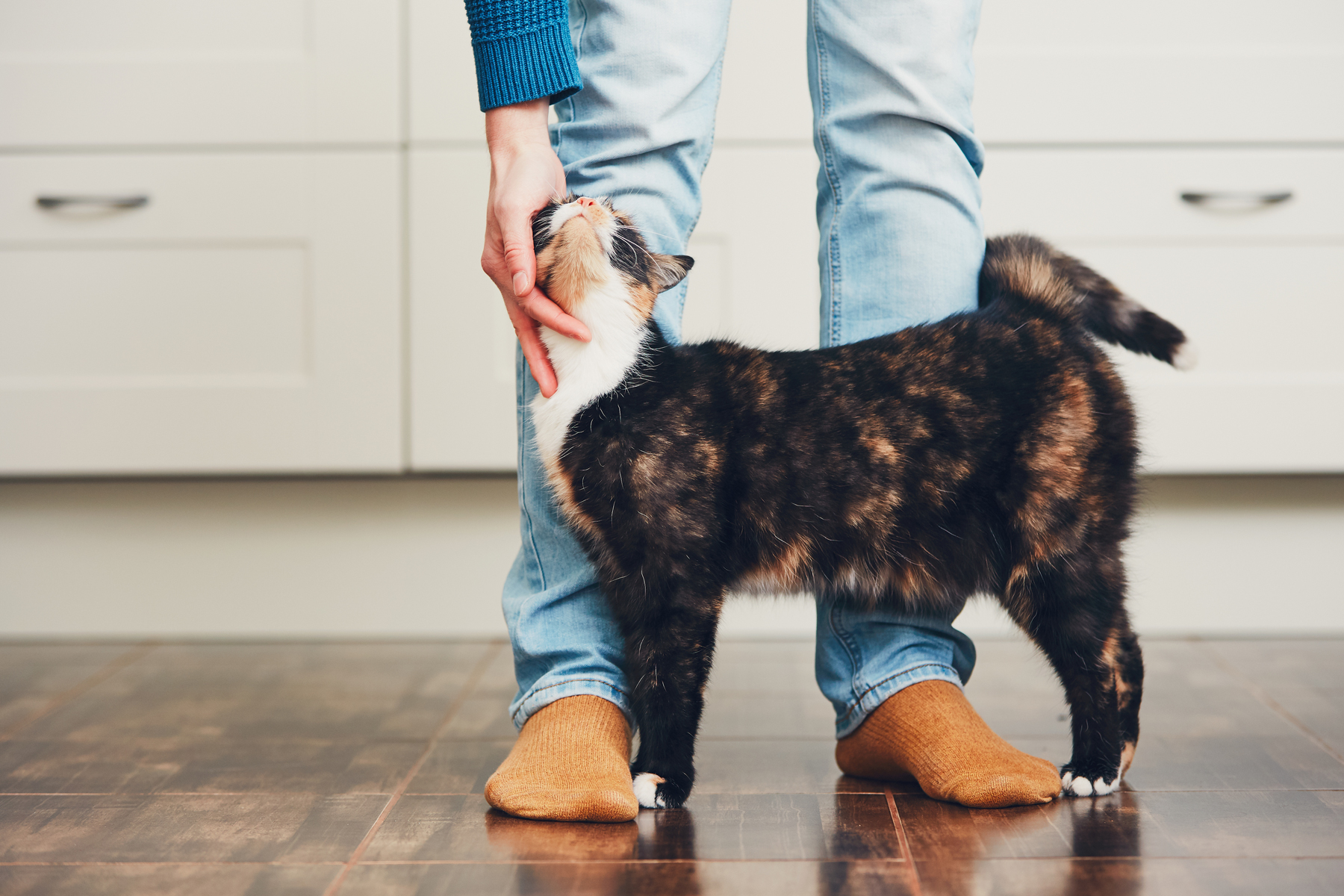
If you’ve been a long-time cat owner, you’ll have no doubt that cats really do love their humans – you’ve just got to learn how to read the signs!
The way cats show affection is slightly less obvious than how a dog will demonstrate its love – our canines can rarely keep their cool when it comes to showing how they feel, constantly following us around or barking uncontrollably with excitement as we approach the front door.
Cats may not show affection in the same way as dogs, but their behaviours are still meaningful. Love your cat even more by getting the appropriate pet insurance, for the protection it deserves.
Cats are a little more sophisticated and subtle with their signs of appreciation, so you just need to work a little harder to spot them. These subtle behaviours do not necessarily mean a lack of attachment. The emotional bonds between cats and their owners can provide social support, enhancing psychological well-being and helping to cope with stress.
Common signs that say your cat is happy and content
These behaviours are key indicators of your cat's emotions, reflecting the unique ways a cat's feelings and emotional expressions are communicated through their actions and body language.
Here are five common signs that say your cat is happy and content:
1. Purring and talking
Although our furry friends can’t actually talk to us (well, Tiggy might disagree!), they can use vocalisation to communicate their feelings. A cat purrs as a sign of affection, showing that they feel happy and relaxed around you.
Purring is one of the most recognised cat behaviours and means that they really love their bonding time with you. Purrs often happen when your cat is enjoying petting, reinforcing the connection between physical contact and positive emotions.
2. Exposing their tummy
If your cat walks into the room and flops down in front of you, showing you its cat's belly, this isn’t a sign of rudeness – it’s a sign of vulnerability.
According to Catster, some new owners take this open body language as a sign that the cat wants its belly rubbed, but actually the opposite might be true. Exposing the cat's belly is not necessarily an invitation for a belly rub; many cats may react defensively if you attempt one.
A cat’s stomach is a very delicate place and by showing it to you reinforces the trust in the relationship. This behaviour indicates the cat’s sense of security with its owner. Don’t break it by diving in for a stroke!
3. Winking and blinking
Have you ever experienced a cat kiss? Purina describes this as when a cat looks at you through half-opened eyelids and slowly blinks again and again.
This gentle gesture, known as slow blinking or slow blinks, is a sign of trust and affection in cats. This isn’t a sign that they’ve got something in their eye – it means they love you, so why not reciprocate?
A cat’s winking and blinking are unique ways of expressing their feelings, showcasing their emotional connection and acceptance of their owners.
4. Exploring their environment
Have you ever wished your cat would come and curl up beside you but it just seems to be wandering from one room to another? Don’t worry, they’re not trying to ignore you.
It’s only when cats feel comfortable with their humans and their environment that they explore confidently and openly. Domestic cats exhibit these behaviours when they feel secure in their house.
A cat’s willingness to use the litter box and explore the house are both signs that it feels safe and comfortable in its home environment. You wouldn’t want them cowering in the kitchen, now would you?
5. Pawing and head-butting
Head-butting might not seem the friendliest way to show affection but this is a behaviour learned when cats are very young. Cats use their heads to head-butt and cheek rub, both of which are ways of scenting their human and signalling to other cats that you’re theirs and theirs alone! Cats may also rub against their owner's legs as a sign of affection and social bonding. Playing with their owners is another way cats show affection and build bonds.
When it comes to pawing or kneading, this is another way that cats show contentment but it might be a little uncomfortable for their owner, especially if they’re wearing thin clothing! Many cats prefer to be petted on the head and neck rather than the belly, as these areas are more comfortable and familiar to them.
As Purina explains, when kittens feed they knead at their mothers to increase milk supply so when they do it in later life, it’s definitely a sign of affection.
As the RSPCA points out, other general body language that shows your cat is happy includes:
-
Standing in a relaxed posture with its ears in a natural position, upright tail with the tip curled and mouth closed
-
Lying on the floor, stretching out with its tummy on show
-
Sitting in a normal position with eyes and ears relaxed and tail curling out loosely from the body
But on the flip side, here are some signs that your puss is worried, angry or in distress:
-
Crouching down low
-
Tail tucked in
-
Ears pressed flat to the head or pointing out to the side
-
Mouth open and tense, displaying teeth
-
Standing with an arched back, front paw poised to swipe at any moment
Remember that protecting your cat with quality cat insurance can help with the cost of vet bills if your feline should get into any accidents or scrapes while its out and about.
Cat attachment styles
Attachment styles play an important role in the cat human bond. Securely attached cats are those that exhibit a strong bond with their owners, characterised by affection, playfulness, and a desire for proximity. These cats feel safe and comfortable around their human companions, often seeking out interaction and displaying relaxed behaviour.
Attachment styles can be influenced by experiences during the kitten stage, as early interactions and socialisation help shape a kitten's emotional responses and attachment to humans. On the other hand, insecurely attached cats may exhibit ambivalent or avoidant behaviour, such as fear or aggression.
These cats might be more anxious and less likely to seek out their owners for comfort. Adult cats that are securely attached to their owners tend to be more relaxed and calm in their presence, whereas those that are insecurely attached may exhibit more stress and anxiety.
The secure base test, a precursor to the Ainsworth strange situation test, has been used to evaluate the attachment bonds of cats to their owners. This test was developed and conducted at a university, where researchers observe the cat’s behaviour in response to the owner’s presence and absence, providing valuable insights into the cat’s attachment style. Understanding these attachment styles can help cat owners create a more supportive and nurturing environment for their pets.
Are cats protective of their owners?
When we think of protecting our families, guard dogs – rather than cats – usually spring to mind. However, cats are social animals capable of forming strong bonds with their owners and displaying protective behaviour.
But in the case of Tara the tabby from Bakersfield in California, it was definitely a brave feline to the rescue! Protective behaviours like this are not unique to cats; many animals exhibit similar instincts to defend their companions or territory.
As the BBC reported, a four-year-old boy was attacked by a neighbour’s dog as he was riding his bike in the front garden. Thankfully, the brave tabby jumped to his owner’s aid, taking a swipe at the dog and forcing it to run for home.
Are cats loyal to their owners?
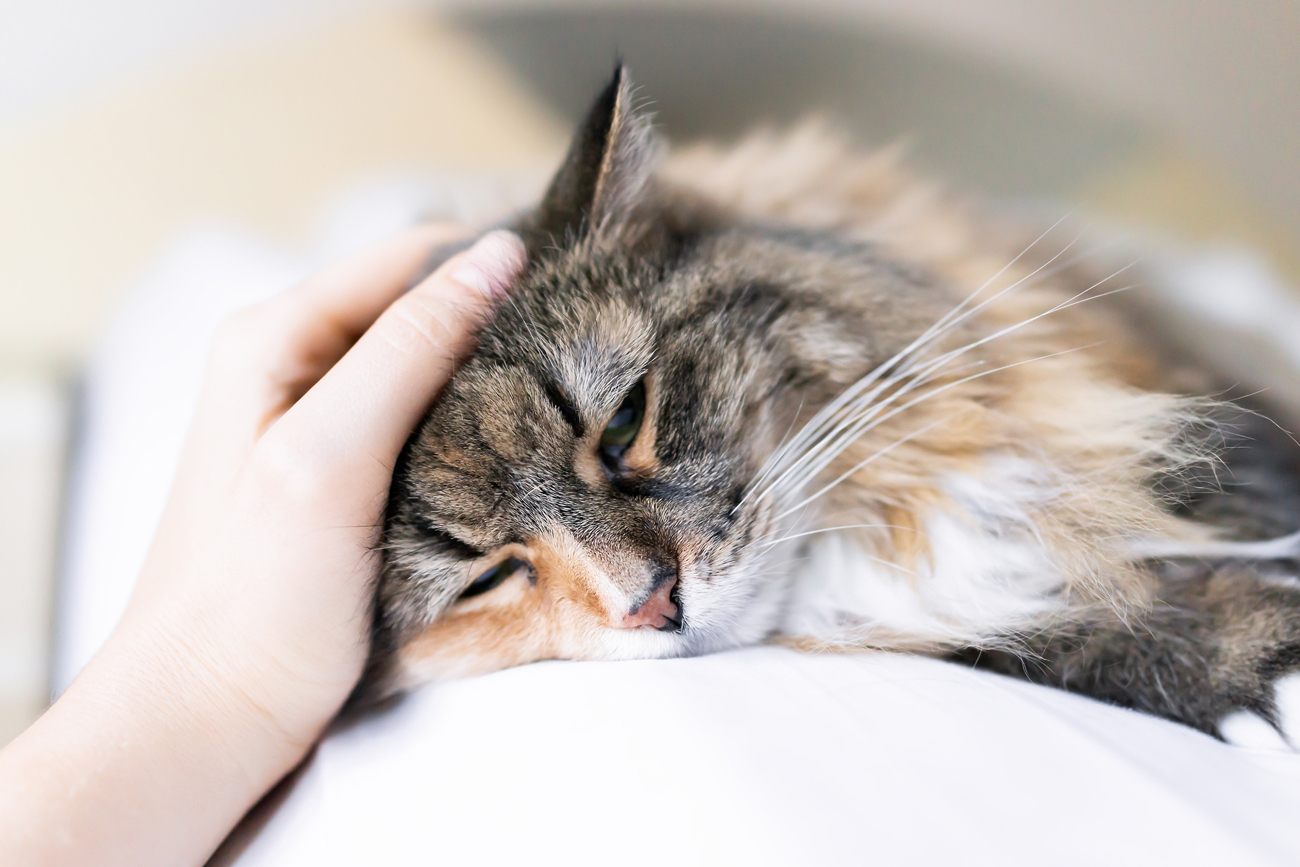
The image of a loyal dog waiting for its owner to come home is all too familiar, but rarely do we see cats doing the same. But this doesn’t mean they’re not loyal to their human families – they just show it in a different way.
Although cats appear to be autonomous and that they don’t ‘need’ their humans, this doesn’t mean they can’t be loyal. In fact, many cats form strong bonds not only with their primary owner but also with other humans in the household.
Ragdoll cats, Ragamuffin cats and Siberian cats have been noted as particularly loyal breeds that behave more like dogs, following their owners around and loving regularly contact. But if you treat your puss with respect and love, and take care of their health needs, you should have a loyal companion for many years to come.
Respecting their personal space
Respecting personal space is highly important for building a strong and healthy cat human bond. Cats value their independence and may become stressed or anxious if their personal space is not respected. Respecting a cat's nature, including their instinctual need for autonomy, is essential for building trust.
Owners should be aware of their cat’s boundaries and avoid touching or handling them when they are not in the mood. Cats have their own feline version of social boundaries, which may differ from human expectations, and owners should respect these unique signals. In fact, research has shown that cats that are given the freedom to choose when and how they interact with their owners tend to form stronger bonds with them.
By respecting our cat’s personal space, we can build trust and strengthen the cat human bond. This involves understanding our cat’s behaviour and body language, and being sensitive to their needs and boundaries. For instance, a cat that retreats to a quiet corner or hides under furniture is signalling a need for solitude.
By honouring these signals, we can create a harmonious and loving relationship with our feline friends. This mutual respect fosters a deeper connection and ensures that both the cat and the owner enjoy a fulfilling companionship.
Protect your pet with cat insurance
If looked after properly, your feline friend will be a loyal companion for many years of your life. That's why it's so important to protect your puss with cat insurance from Purely Pets. Other policy benefits include a 24-hour vet helpline with Joii should you need to speak to a vet.
Helpful Pages
Recent Posts
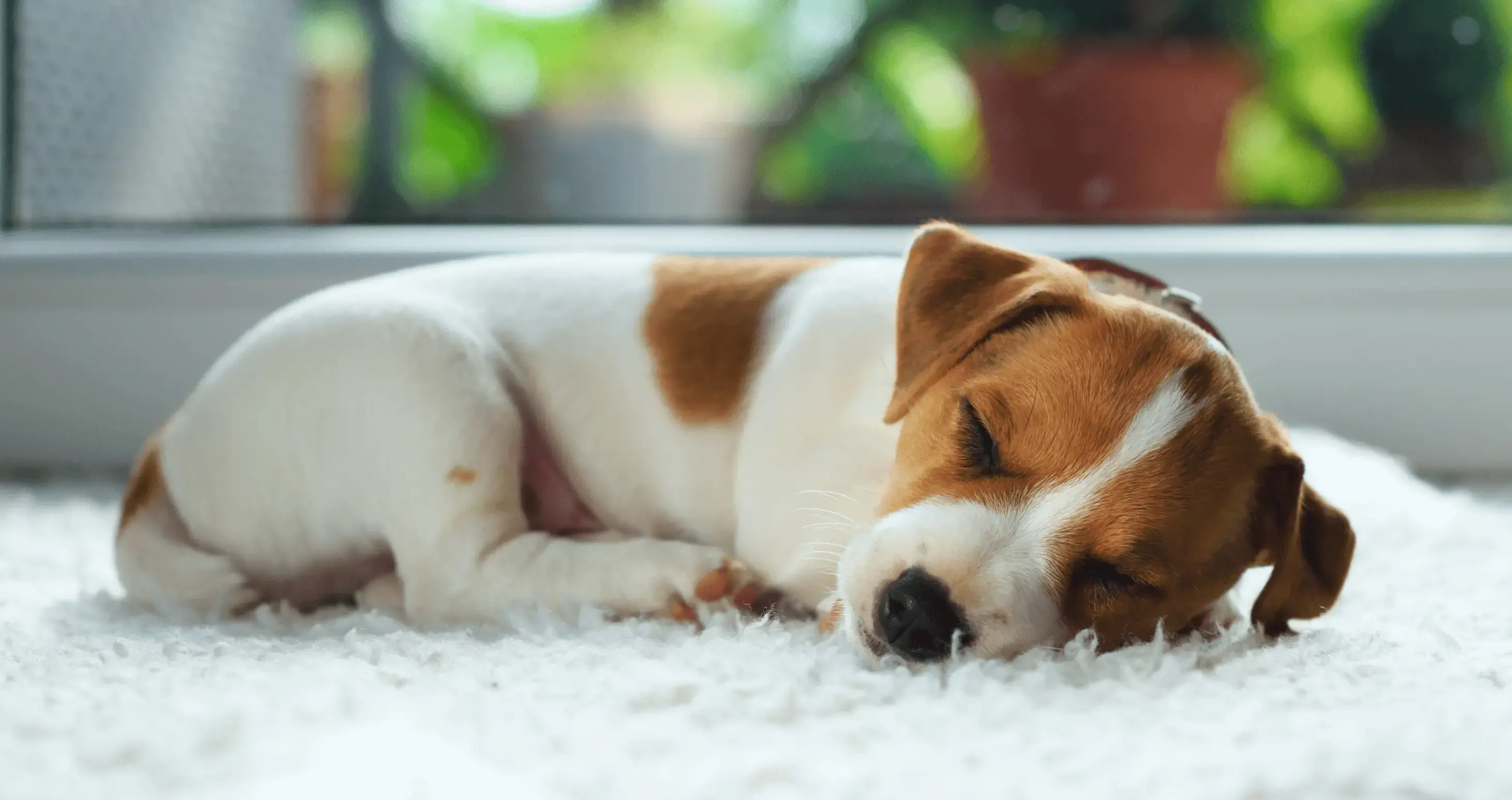
How much should my dog sleep?
04/11/25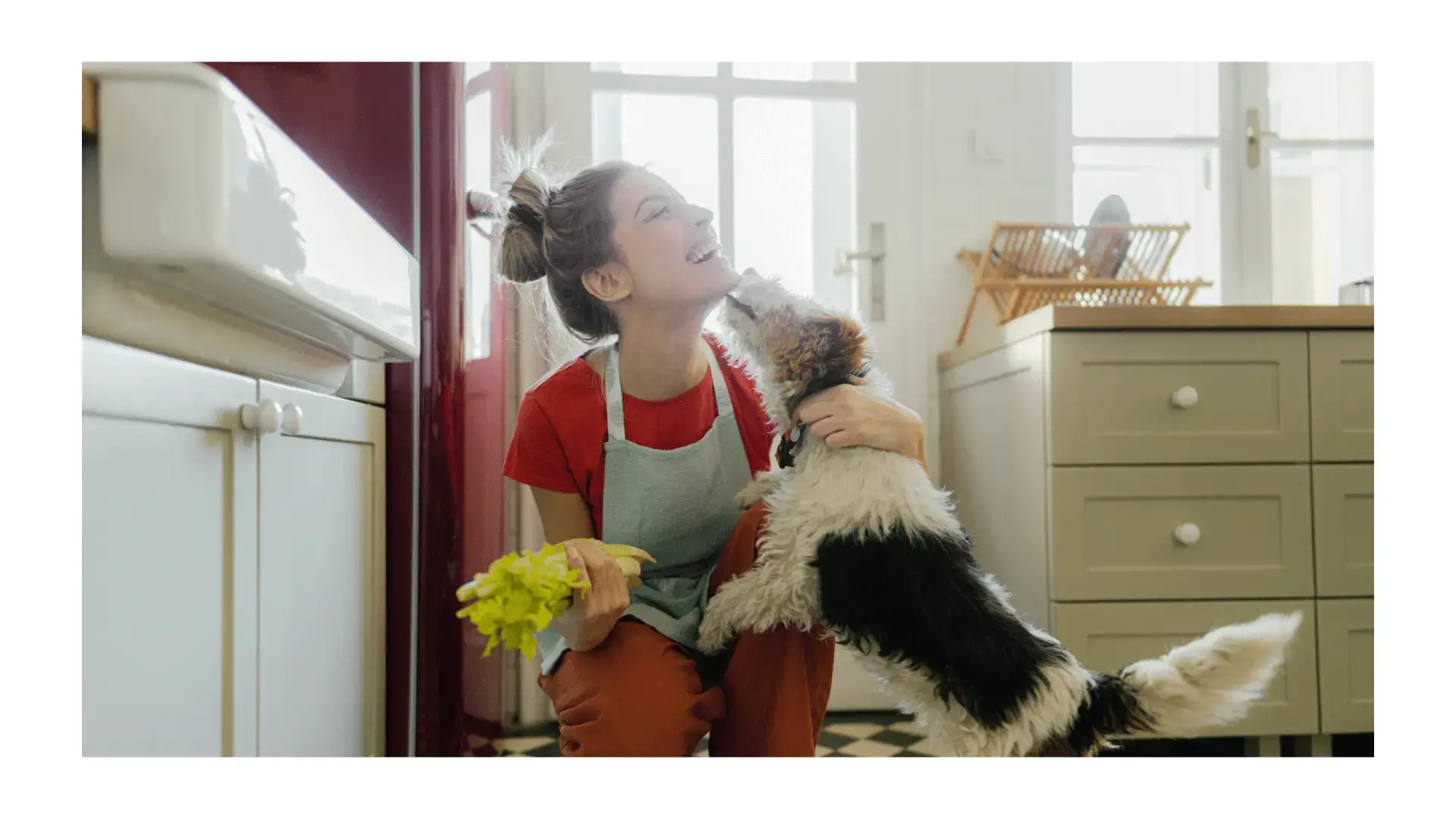
Cook for your Pet Day!
29/10/25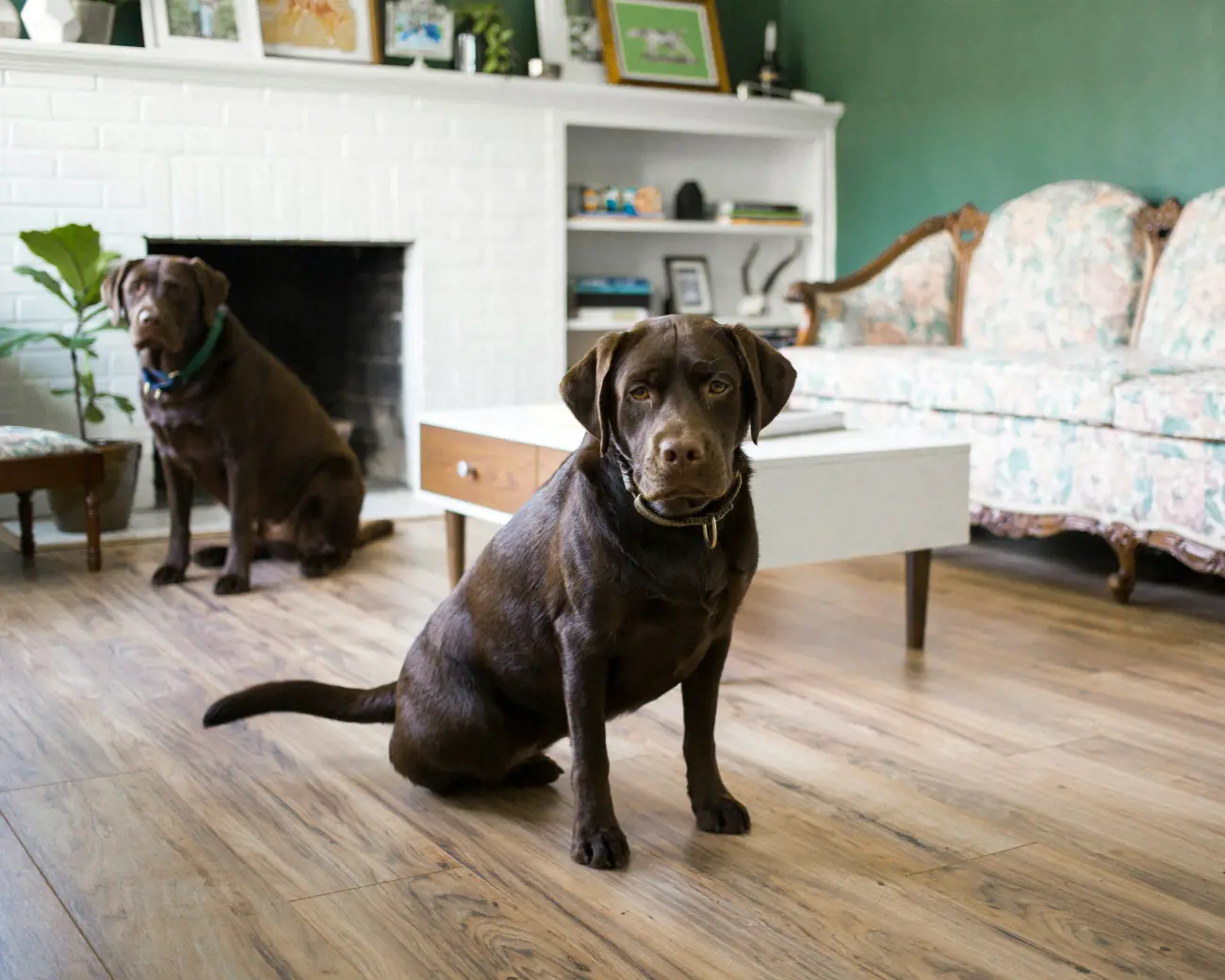
Why do Labradors always look sad?
16/10/25Pet Insurance Quote
- 98% claims paid *
- Claims paid directly to vets
- 24/7 vet video consultations
- Interest free monthly payments
